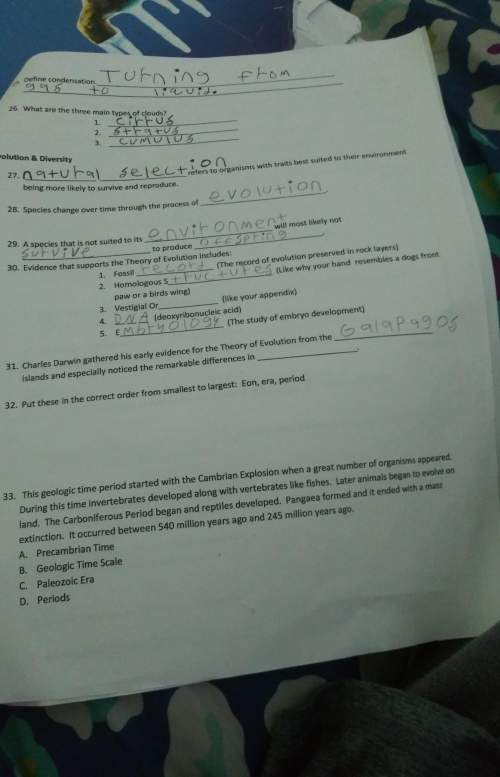
Physics, 16.04.2020 18:20 elijahsantiago21
Consider a box with two gases separated by an impermeable membrane. The membrane can move back and forth, but the gases cannot penetrate the membrane. The left side is filled with gas A and the right side is filled with gas B.
We will assume that equipartition applies to both gases, but gas A has an excluded volume due to large molecules so its entropy has a different formula.
SA=NAkln(VA?bNA)+f(UA, NA)
SB=NBkln(VB)+f(UB, NB)
Keep in mind that the total box volume is constant, so VA+VB=constantVA+VB=constant.
1) If NA= 1 moles, NB = 2 moles, the total volume of the box is 1 m3, and b= 4 × 10-4 m3/mole, then find the equilibrium value of VA by maximizing the total entropy.

Answers: 1


Other questions on the subject: Physics

Physics, 21.06.2019 22:00, Angelo1660
Air is held within a frictionless piston-cylinder container, which is oriented vertically. the mass of the piston is 0.45 kg and the cross-sectional area is 0.0030 m2. initially (state 1) the pressure of the gas is sufficient to support the weight of the piston as well as the force exerted by the atmospheric pressure ( 101.32 kpa). the volume occupied by the air within the cylinder in state 1 is 1.00 liter. one end of a spring (with spring constant k = 1000 n/m) is attached to the top of the piston, while the other end of the spring is attached to a stage that can move vertically. initially the spring is undeflected and therefore exerts no force. then the stage is then moved quasistatically downward a distance of 10.0 cm, at which point the system reaches state 2. the piston-cylinder is not insulated; rather it remains in diathermal contact with the surroundings, which are at a constant temperature of 300 k. what is the change of pressure within the container?
Answers: 3

Physics, 22.06.2019 10:10, xavierfox1721
In a simplified model of the human eye, the aqueous and vitreous humors and the lens all have a refractive index of 1.40, and all the refraction occurs at the cornea, whose vertex is 2.60 cm from the retina. what should be the radius of curvature of the cornea such that the image of an object 40.0 cm from the cornea’s vertex is focused on the retina?
Answers: 1

Physics, 22.06.2019 11:50, kelseybell2707
An electron is traveling with initial kinetic energy k in a uniform electric field. the electron comes to rest momentarily after traveling a distance d. (a) what is the magnitude of the electric field
Answers: 3

Physics, 22.06.2019 12:00, Sariyahhall1
Infrared radiation has wavelengths that are shorter than visible light is part of the visible light spectrum has wavelengths that are longer than visible light has the same wavelengths as ultraviolet radiation
Answers: 1
You know the right answer?
Consider a box with two gases separated by an impermeable membrane. The membrane can move back and f...
Questions in other subjects:



Mathematics, 26.10.2020 20:40


Mathematics, 26.10.2020 20:40

Mathematics, 26.10.2020 20:40

History, 26.10.2020 20:40

Biology, 26.10.2020 20:40


Mathematics, 26.10.2020 20:40




